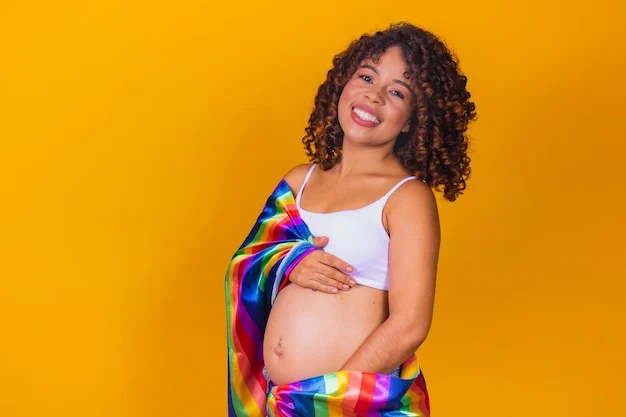The concept of fertility preservation often seems daunting, especially when faced with unexpected health challenges. For instance, when my partner and I envisioned our future, we were excited about starting a family. We intended to have multiple children after a few years of marriage. However, after a celebratory engagement, our lives took a sudden turn when my fiancé, Jake, collapsed at a company event and was diagnosed with brain cancer shortly after.
As we navigated the terrifying reality of his diagnosis, we sat down with a social worker who introduced us to the idea of fertility preservation. Before I could fully process it, Jake’s mother emphatically confirmed our desire to have children in the future. It was decided—we needed to act quickly. Jake underwent sperm banking, making the maximum deposits for future use while I began researching my options.
I learned that freezing eggs would yield lower success rates compared to freezing embryos. Thus, we quickly chose a fertility clinic to proceed with the necessary steps. Thankfully, Jake experienced a miraculous recovery. By the time we completed all the required genetic testing, legal formalities, and medical screenings, our wedding was approaching. Shortly after our marriage, we decided to start trying for a baby.
Our initial fertility treatment resulted in 12 viable eggs, leading to eight embryos. Two were implanted into my uterus while the remaining six were frozen for later use. The uncertainty loomed over us—due to the chemotherapy, Jake’s sperm could be permanently affected, making these deposits our only chance at parenthood.
We were fortunate; both embryos successfully implanted, resulting in the birth of our healthy twin daughters. The fertility clinic continued to reach out each year, inquiring about the frozen embryos. Though we were unsure of our plans for more children, we paid the storage fees, aware that we had six potential lives waiting for us.
In an unexpected turn of events, Jake’s sperm returned to normal after treatment, allowing us to conceive a third child naturally. Again, the clinic contacted us regarding the embryos. After much consideration, we decided to stop expanding our family due to the complications I faced during my second pregnancy.
However, the decision to handle the frozen embryos was emotionally challenging. There are strict regulations regarding the fate of unused embryos. Donation is complicated and costly, while destruction felt painful, as it meant losing part of our family. Although I don’t view embryos as living beings, they represent potential life—part of us.
Reflecting on this experience, I feel a sense of sadness about those six embryos that were destroyed. I often wish I could have found a way to donate them to couples in need. The process of freezing eggs or embryos involves significant emotional weight and difficult decisions. While I have no regrets, I wish I had consulted with others who experienced similar situations before making my choices. For anyone contemplating fertility preservation, it’s crucial to consider the end of the journey—what will happen to the embryos once you’ve completed your family planning. Prepare for the possibility of grief alongside the joy of parenthood.
If you’re interested in learning more about fertility options, visit this informative blog post for additional insights. For those exploring male fertility enhancement, consider checking out this resource. For comprehensive information on IVF and other fertility treatments, this website serves as an excellent resource.
Summary
Fertility preservation can be a complex and emotional journey, especially when faced with unexpected health challenges. As couples navigate this process, it’s essential to consider not only the potential for future children but also the emotional implications regarding unused embryos. Thoughtful planning and open conversations with others who have gone through similar experiences can provide valuable insight.
